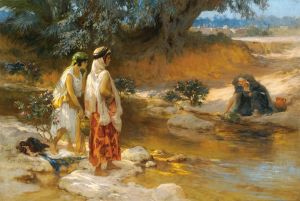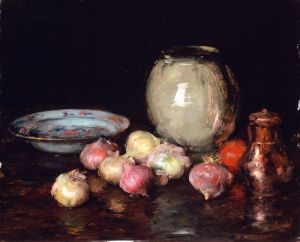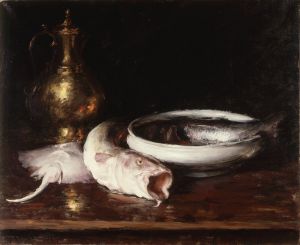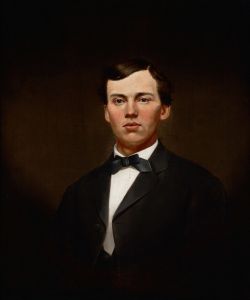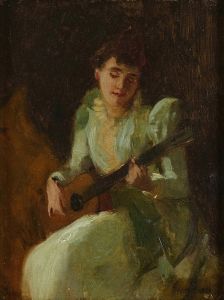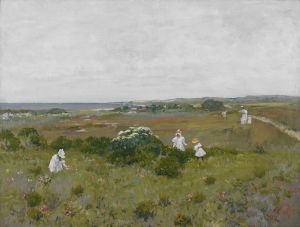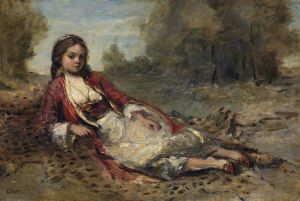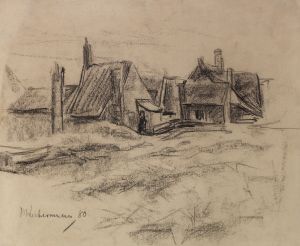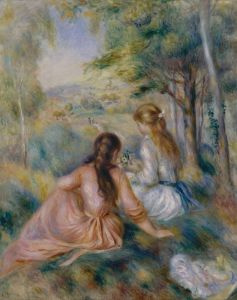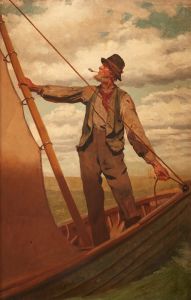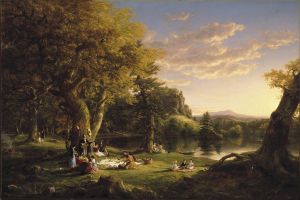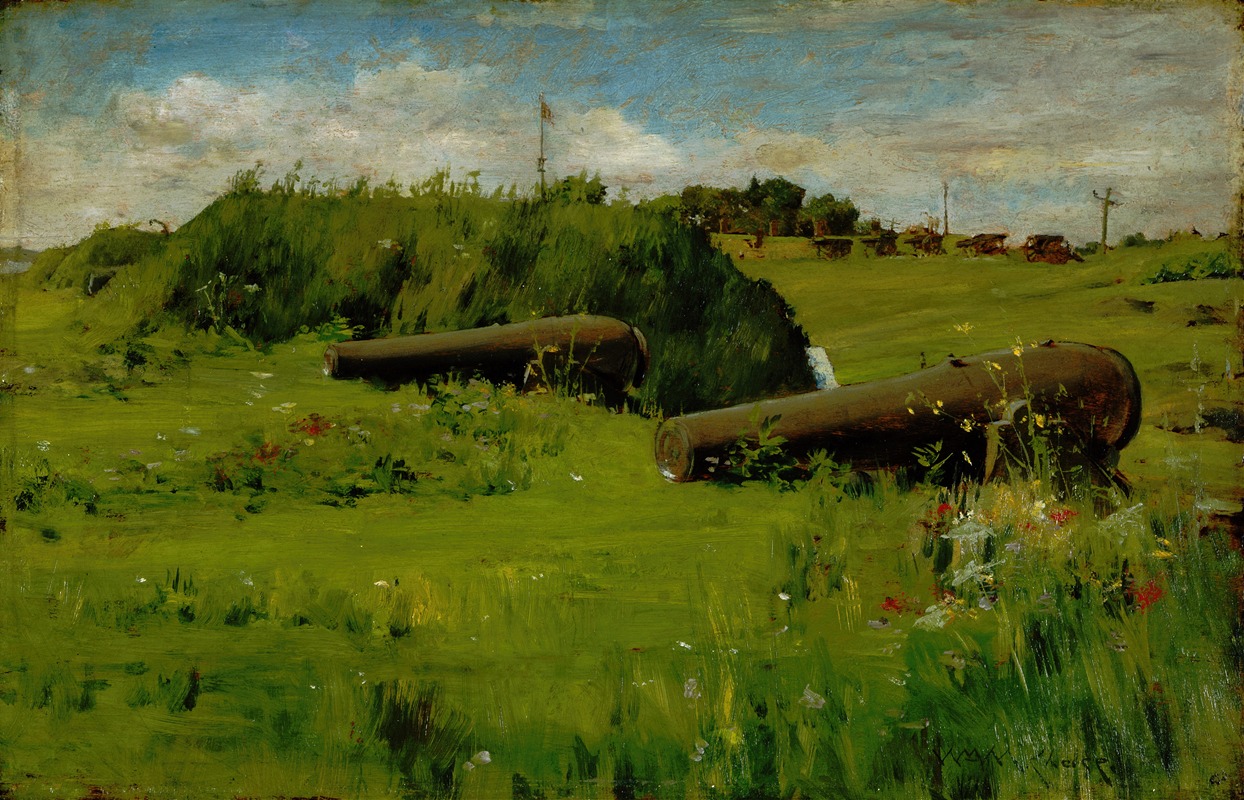
Peace, Fort Hamilton
A hand-painted replica of William Merritt Chase’s masterpiece Peace, Fort Hamilton, meticulously crafted by professional artists to capture the true essence of the original. Each piece is created with museum-quality canvas and rare mineral pigments, carefully painted by experienced artists with delicate brushstrokes and rich, layered colors to perfectly recreate the texture of the original artwork. Unlike machine-printed reproductions, this hand-painted version brings the painting to life, infused with the artist’s emotions and skill in every stroke. Whether for personal collection or home decoration, it instantly elevates the artistic atmosphere of any space.
"Peace, Fort Hamilton" is a painting by the American artist William Merritt Chase, a prominent figure in the American Impressionist movement. Chase was known for his versatility and skill in various genres, including portraiture, landscapes, and still lifes. He was a pivotal figure in the late 19th and early 20th centuries, contributing significantly to the development of American art.
The painting "Peace, Fort Hamilton" was created in 1887, during a period when Chase was particularly focused on capturing the serene and picturesque aspects of the American landscape. Fort Hamilton, located in Brooklyn, New York, is a historic military installation that dates back to the 19th century. It is situated near the Narrows, a tidal strait separating Brooklyn and Staten Island, which provides a scenic backdrop for the painting.
In "Peace, Fort Hamilton," Chase employs his characteristic Impressionist style, using loose brushwork and a vibrant palette to convey the tranquility and beauty of the scene. The painting depicts a peaceful day at the fort, with figures leisurely enjoying the open space and the natural surroundings. The composition reflects Chase's ability to capture the interplay of light and shadow, a hallmark of his work that demonstrates his keen observation of nature.
Chase's approach to this painting is indicative of his broader artistic philosophy, which emphasized the importance of painting en plein air, or outdoors, to capture the immediacy and authenticity of the landscape. This method allowed him to infuse his works with a sense of spontaneity and freshness, qualities that are evident in "Peace, Fort Hamilton."
Throughout his career, Chase was deeply influenced by European art, particularly the works of the French Impressionists. His travels to Europe exposed him to new techniques and ideas, which he adeptly integrated into his own practice. However, Chase maintained a distinct American sensibility in his work, often choosing subjects that reflected the unique character of the American environment.
"Peace, Fort Hamilton" is a testament to Chase's mastery of landscape painting and his ability to convey a sense of calm and harmony through his art. The painting is part of Chase's broader body of work that celebrates the beauty of everyday life and the natural world. It exemplifies his commitment to capturing the essence of his surroundings with both technical skill and artistic sensitivity.
William Merritt Chase's contributions to American art extend beyond his paintings. He was also a dedicated teacher, influencing a generation of artists through his work at the Art Students League of New York and the New York School of Art, which he founded. His legacy is reflected in the continued appreciation and study of his work, including pieces like "Peace, Fort Hamilton," which remain significant in the canon of American art history.





